
Fever blisters, cold sores or herpes labialis are all different names for the same problem - lesions caused by herpes simplex virus type 1, which usually appear on the lips and around the mouth, although they can appear in, on and around the nose too, as well as in the mouth.
These lesions usually appear in form of small blisters, one or more of them, filled with liquid. The blisters eventually burst and the liquid oozes out. Usually, the time between the first signs of fever blisters and the moment in which the scab falls off ranges from four or five days to two weeks.
As fever blisters are caused by a virus, there is no particular cure for it. There are, however, remedies that can shorten the duration of fever blisters and make them less painful and itchy. The remedies are best if used even before the actual lesions appear, which means the moment the area starts feeling itchy, tingly or prickly.
Fever blisters - how to get rid of them?
The first thing to do once a fever blister appears is to carefully wash the area with soap and hot water and to wash the hands after doing so.
There are many recommended popular remedies for fever blisters that can be used after washing the sore, and applying wet teabags is one of the common ones. Alternating hot and cold compresses also seems to work quite well for many people.
Some people also apply the paste make of baking soda and water, or toothpaste, or even nail polish. These remedies serve to dry up the liquid inside the sore and also to lock in the virus so it does not spread.
The blisters should be protected from breaking and from harsh weather, which is best if done by using petroleum jelly or a good lip balm.
Food plays an important role in treatment of fever blisters. Some foods, like garlic, have antiviral properties and they should be consumed in ample amounts. Acidic foods, like citrus fruit and tomatoes, should be avoided, as well as salty and spicy foods. It is highly recommended to increase the intake of foods high in lysine, such as milk, yogurt, butter, buttermilk, cheese and other dairy products, fish, pears, mangos, beets, apples and apricots, and to reduce the intake of arginine-rich foods, such as chocolate, soy, whole wheat, coffee and brown rice. It can also help to take lysine supplements which can be found in any drugstore, without prescription.


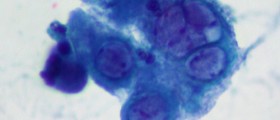
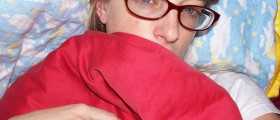
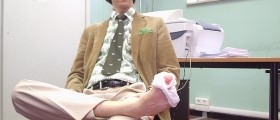


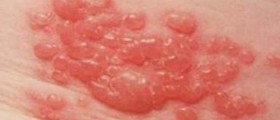
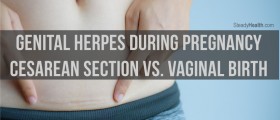
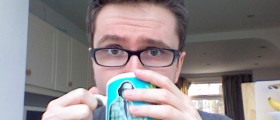

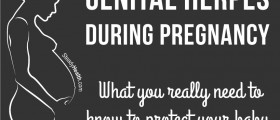

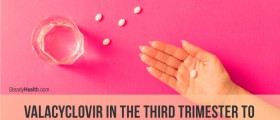
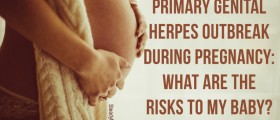
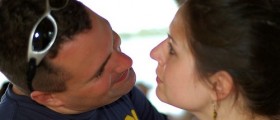
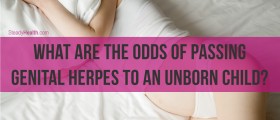
Your thoughts on this
Loading...